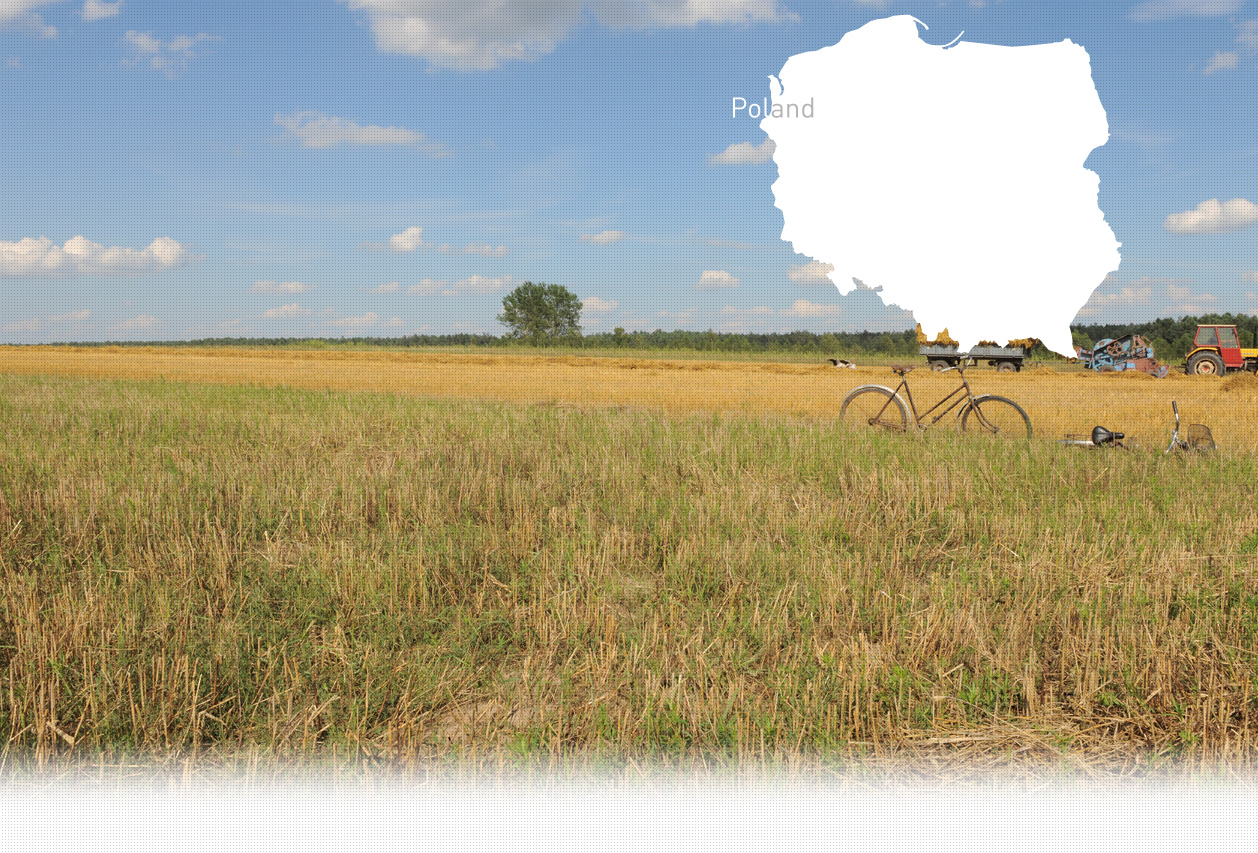

1 Killing site(s)
Wanda L., born in 1931: “There was an action called “Bloody Sunday”. People were at the church while the Jews were deported from the ghetto to the cemetery. My uncle was in the church in Radomsko. He was requisitioned to transport the Jews to the cemetery, where they were killed. When my father saw my uncle, he didn’t know what had happened to him. He tried to extract some information. My uncle was so pale. He just said that they put scarves, socks or tights on the faces of Jewish women and children. That’s what my uncle explained. This tragedy took place after Christmas. Men were requisitioned when they got out of the church.” (Witness n°880, interrogated in Wozniki, on July, 16th 2018)
“Register on Nazi crimes: Radomsko /town/ 6/01/1943
Police officers shot about 260 people /men, women, children/ of Jewish origins on the Jewish cemetery. "[ AGK, Ankiety GK “Egzekucje” /2/ nRadomsko, woj. Lodzkie; AGK, Koleckja “Z”, sygn. 474/OC, s. 16, nr akt 6/47 ; AGK, Alert ZHP, t. IX, z.16, k. 13, woj. Lodz]
Radomsko is located 93 km south of Lodz. The first records about the Jewish community go back to the 18th century. The Jewish community was rather big with 11,767 people in 1897, comprising 43% of the total population. Jews from the town were rather wealthy since they owned stores, hotels and restaurants. Many of them were involved in trade. There were two synagogues, Jewish schools, and a library, and a Jewish cemetery. On the eve of WWII, the town counted about 6,500 inhabitants of Jewish faith.
The town was occupied by the Germans on September 3, 1939. Shortly after, the persecutions against the Jew people started. On September 12, 1939, also known as “Black Thursday”, the Germans rounded up about 1,000 Jewish men and beat them to death. A ghetto was created rather early, in December 1939, as a result of the pressure from the Volksdeutche population of the town, who wanted to take over Jewish businesses. The living conditions were horrible and Jews were regularly deported to labor camps, such as camps in the Lublin district, Makow Podhalanski and Rudniki. About 300-400 Jews worked in so called “work battalions”. They were forced to clear rubble, perform menial tasks and clean parks and streets. Jewish craftsmen were allowed to keep their workshops outside the ghetto and continue working with the condition of having to be registered within the Kreis Judenrat. In July 1941, the ghetto numbered 7,195 inmates. Starting in 1942, many isolated killings took place in the ghetto’s territory. The ghetto was partially emptied on October 9, 1942, when 5,000 Jewish inmates were deported to the Treblinka death camp along with 3,000 Jews brought from Przedborz ghetto. About 1,000 Jews, mainly women, children, sick and elderly people, were taken to the Jewish cemetery where they were shot. Those who were found in hiding or resisted were shot dead on the spot. Some 9000 Jews, after being held in and around synagogue for 3 days, were deported to Treblinka on October 12, 1942. The remaining Jews who were left behind, mainly artisans, or managed to hide, were either shot at the cemetery or deported to Treblinka death camp on January 6, 1943. One of the last executions at the cemetery was conducted on January 12-13, 1943. Besides the Jews, many Poles who attempted to help the Jews were executed at the cemetery.
Do you have additional information regarding a village that you would like to share with Yahad ?
Please contact us at contact@yahadinunum.org
or by calling Yahad – In Unum at +33 (0) 1 53 20 13 17